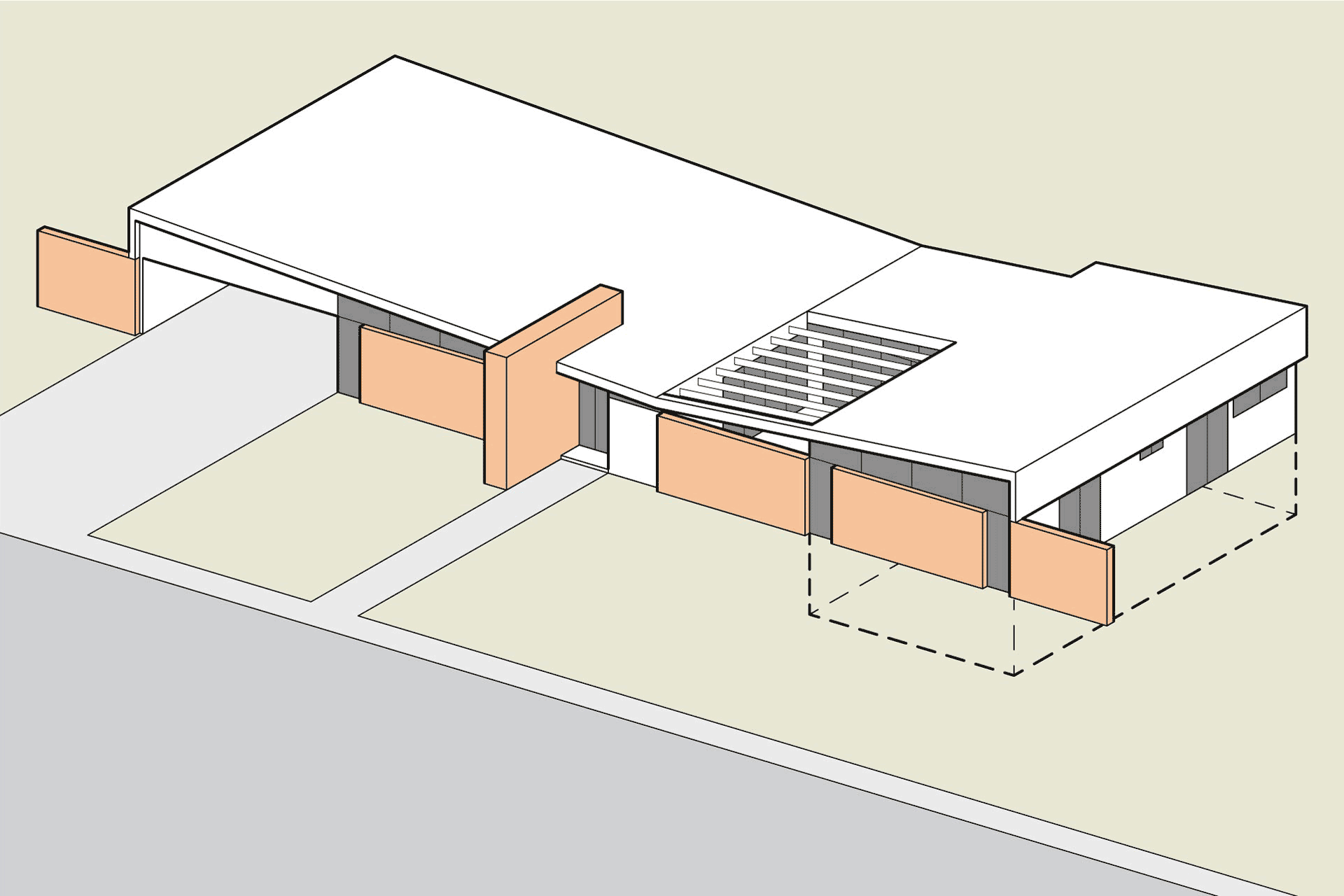
The new catchphrase in the building industry is “high performance” enclosures. High Performance strategies make use of the four control layers, one of which is thermal control, or insulation. And more insulation is better, always.
But, at what point are you just getting incrementally tiny gains? Can you still have a highly insulated shell without burying the project in insulation?
Yes, absolutely.
Why High Performance?
First of all, why do you want a “High Performance” building enclosure? [In order of most important to least important]:
- Durability – a high performance building withstands the environment better and lasts longer.
- Health – a high performance building is a healthier environment to live in.
- Comfort – a high performance building feels more comfortable to live in.
- Resilience – a high performance building resists effects of time and changing surrounding conditions.
- Energy Efficiency – a high performance building reduces energy use.
We most often hear about energy savings and steps we can take to improve our homes’ insulation. But, there are other notable considerations. When we take the right steps to improve our homes,
- the materials and systems that make up the structure last longer.
- we as occupants live longer in a more stable and protected shelter.
- we feel more comfortable through the variations of the days and seasons.
- the homes are future-proofed in a way that code minimum structures are not.
- the systems that run the house require less input fuel energy to maintain them.
This is really just another way of saying this is the right way to build.
So, what’s the recipe for reasonable high performance insulation?
The rule of thumb recommendation for northern climes like here in the Pacific Northwest is the following:
- Windows: R-5 minimum (U ≤ 0.20) [Oregon code is U ≤ 0.27, or R3.5]
- Under slab: R-10 minimum [Oregon code has no minimum]
- Basement walls: R-20 minimum [Oregon code minimum is R-15]
- Wood framed walls: R-40 minimum [Oregon code minimum is R-21]
- Roof: R-60 minimum [Oregon code minimum is R-49]

5-10-20-40-60. There’s a nice symmetry to these figures that’s reflective of their relative importance in serving the whole structure.
What is the easiest path to achieving a high performance structure?
New construction. When starting a ground-up project, access to all four control layers is immediately available. Buildings are long term investments, so it is not just “highly recommended,” but essential to build this way. It is the right thing to do.
Is it possible with a retrofit?
While it is more difficult to improve a building envelope by retrofitting, it isn’t impossible. It is by nature an invasive process to update the shell, but this can be addressed when major improvements are made to the building envelope. With assistance from a design pro, old structures can be updated to high performance too.
Here’s your insulation check list.
From the roof to the floor and everything in between, there are numerous ways to insulate a building to achieve high performance goals. Here are tips to help you prioritize purchasing insulating elements (from most important to least):
- Roof insulation provides the biggest performance boost to a structure because of its protective position from the sky.
- Windows are the biggest energy leakers at code level performance. While expensive, high performing windows will make a far larger improvement to comfort than wall insulation.
- Above grade wall insulation is the most economical to upgrade.
- Basement wall insulation is secondary to above-wall but equally economical.
- Floor insulation, whether basement slab or framed floor over crawl, offers large comfort improvements but is often only viable in new construction unless sufficient headroom is available inside.
Are you ready to achieve your high performance goals?
Whether you are embarking on a new construction project or need help with a retrofit, you have insulation options. We can help establish high performance standards for your project and achieve those goals. Let us know if you are ready to prioritize building performance.
